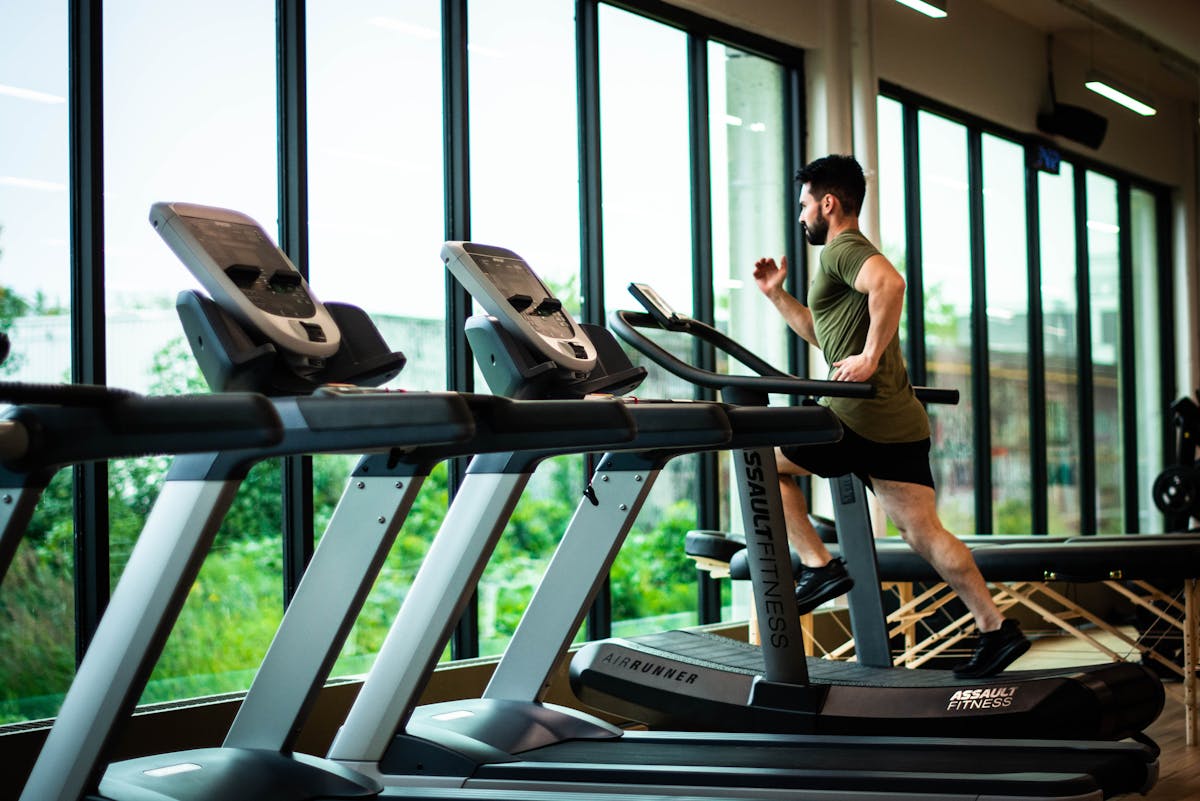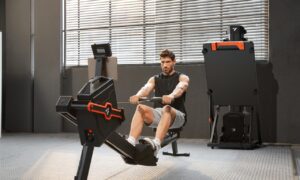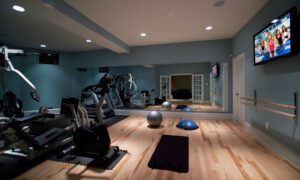In the last decade, the fitness industry has seen a dramatic transformation from traditional gyms to boutique studios, and now, to smart home training systems. The convergence of technology, health consciousness, and lifestyle convenience has redefined how we think about exercise. As more people seek personalized, flexible, and data-driven fitness experiences, the living room has become the new training ground for millions worldwide.
One of the standout innovations leading this shift is the ZYPRoller, a next-generation interactive training tool that is redefining home workouts through smart design, real-time feedback, and engaging functionality. This article explores the future of fitness equipment and how tools are powering the smart home fitness revolution.
The Smart Home Fitness Boom
Fitness tech has exploded in recent years, driven by both the pandemic’s home confinement and the growing demand for more efficient, tech-integrated workout solutions. What was once a niche market home gyms and virtual training has become a global movement.
Key Drivers of the Shift:
- Remote lifestyles: With more people working from home, the need for flexible, at-home fitness options has surged.
- Digital fitness platforms: Apps, wearables, and streaming services have created a seamless fitness ecosystem.
- AI and motion sensors: Advanced technology now enables real-time form correction, goal tracking, and personalized routines.
The Evolution of Fitness Equipment
Home fitness gear has evolved from basic resistance bands and yoga mats to intelligent machines capable of tracking every move. These devices not only guide your workout but also adapt to your unique body mechanics, ensuring you get the most out of each session.
Redefining Home Fitness with Interactive Tools
While treadmills and dumbbells still have a place, the future of home fitness lies in interactive, responsive, and connected equipment. Devices are no longer passive; they adapt, learn, and coach.
What Makes Interactive Equipment Unique?
Unlike traditional machines, smart fitness tools combine physical resistance training with digital feedback mechanisms. They track movement, measure force, and provide instant guidance bringing professional-level training to any space.
Smart Fitness Meets Smart Living
The modern home is becoming smarter, and so is the way we train. Smart mirrors, fitness walls, and AI-driven platforms now blend seamlessly with home decor and smart devices.
Tech That Integrates
New fitness tools sync with mobile apps, smartwatches, and virtual assistants, giving users a fully connected experience. You can track your performance across all platforms and receive insights that help optimize your training.
Accessibility, Inclusivity, and Space Efficiency
One of the major challenges in traditional gym environments is accessibility—not just physically, but financially and logistically. Smart home fitness tools are breaking down these barriers.
Space-Saving Design
With urban living on the rise, space-efficient equipment is in high demand. Compact, foldable, and multi-functional gear allows even small apartments to become effective workout zones.
Inclusive for All Levels
Whether you’re a beginner or a seasoned athlete, smart devices offer scalable resistance, adaptive programming, and low-impact options. This democratization of training tools makes fitness more inclusive and effective.
The Psychology of At-Home Motivation
Staying motivated without a trainer or group class can be difficult. That’s why smart devices are integrating gamification and behavioral science to keep users engaged.
Built-In Motivation
Features like performance badges, progress charts, and community leaderboards add a layer of accountability. This turns solo workouts into engaging, goal-driven sessions.
The Rise of Connected Ecosystems
Smart fitness isn’t just about devices it’s about ecosystems. The best tools integrate with apps, wearables, and even voice assistants to create a connected wellness experience.
Benefits of Integration
- Personalized routines based on previous performance
- Injury prevention through improved form and technique
- Gamification that keeps workouts engaging and consistent
Where Fitness Tech Is Heading
As we move into the future, fitness equipment will become even more intelligent, integrated, and immersive. Expect AI-driven virtual trainers, haptic feedback systems, and VR-enhanced workouts that simulate real-world environments.
Trends to Watch:
- Biometric feedback for real-time performance optimization
- Virtual coaching powered by AI and voice response
- Subscription ecosystems offering custom training libraries
Devices that blend intelligent design with performance tracking will define the next wave of fitness evolution. These systems will turn living rooms into professional-grade training zones, helping users train smarter, not harder.
Conclusion
The transition from gym to living room is more than a trend; it’s a reimagining of how we define fitness in the digital age. Interactive tools are paving the way by blending intelligent design, real-time feedback, and connected features into compact, user-friendly systems.

































